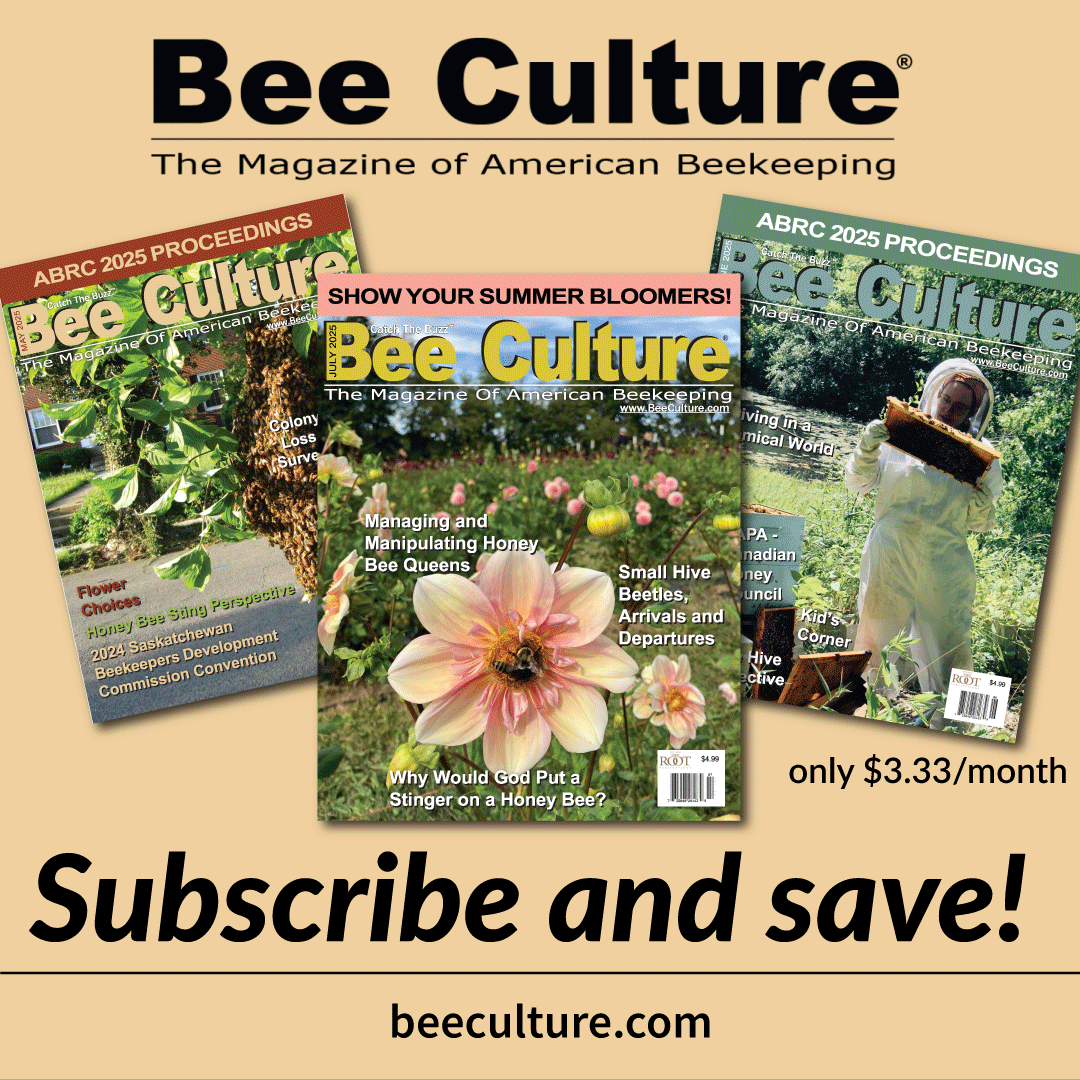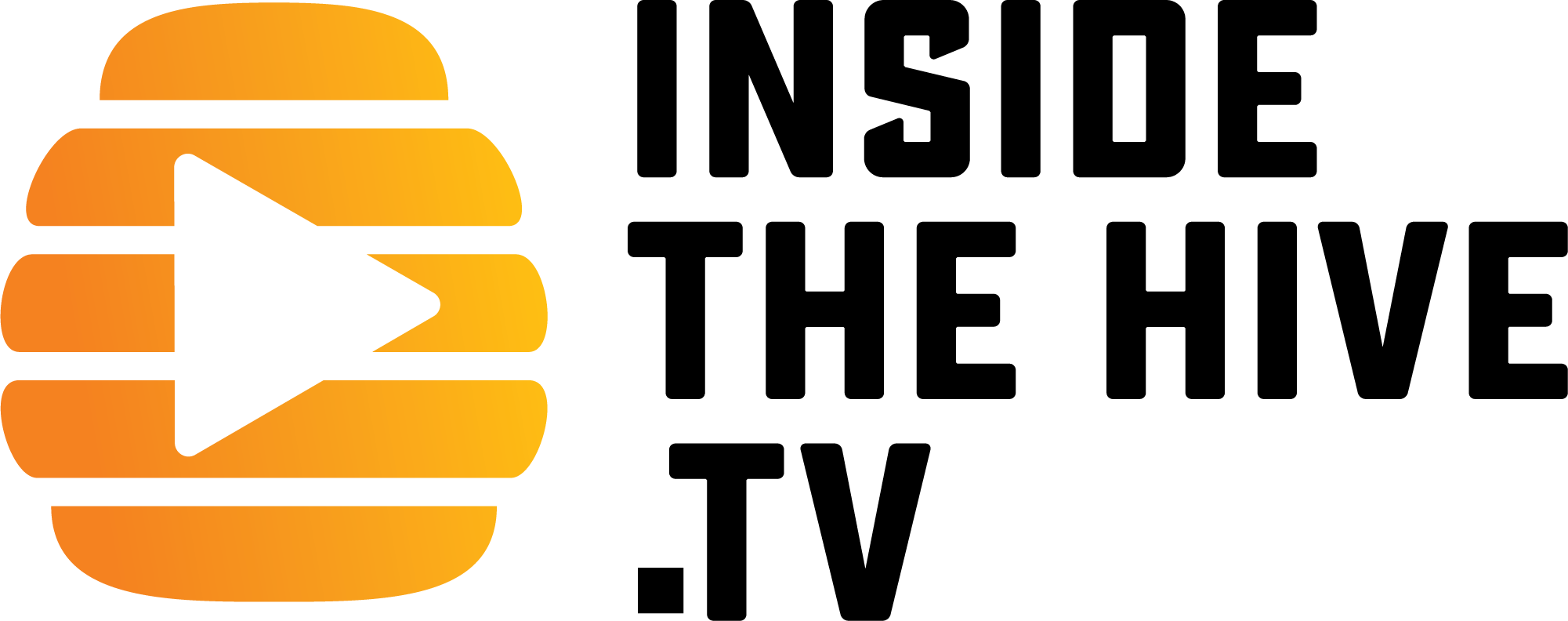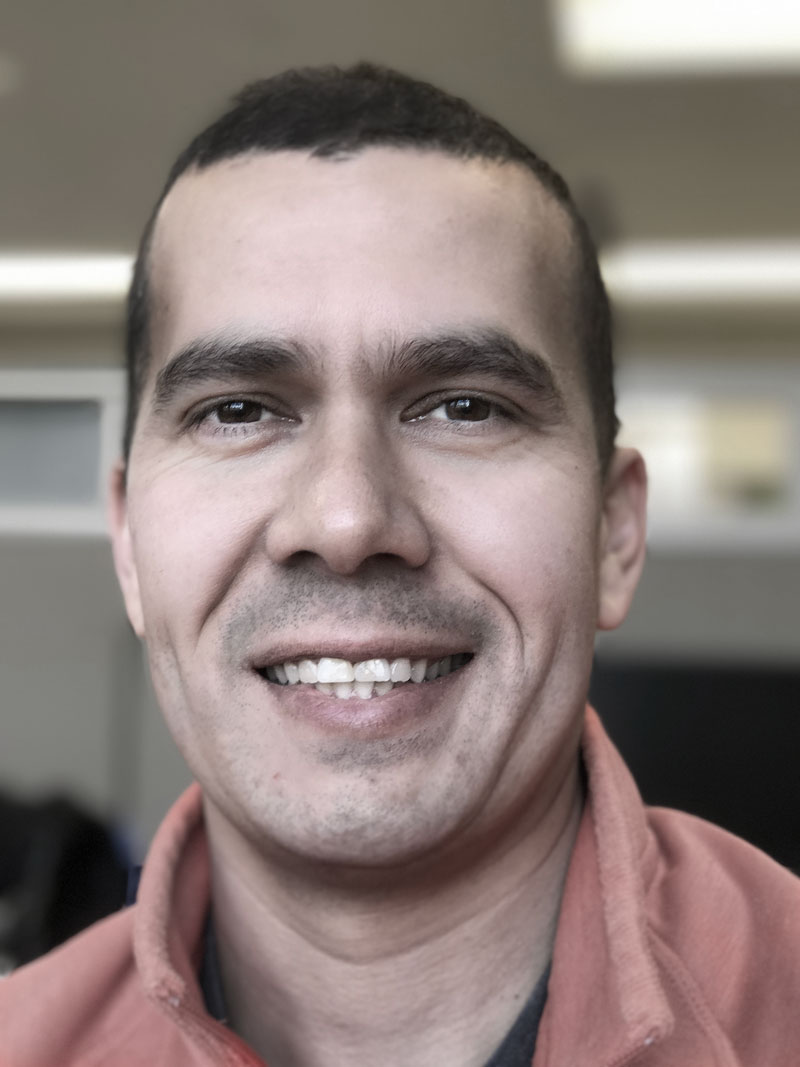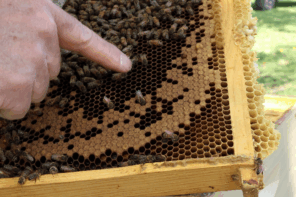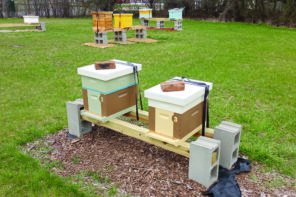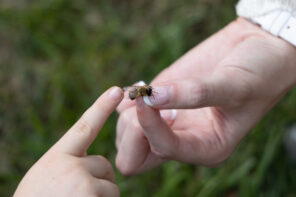InsideTheHiveTV, the Show about Bees
Malcolm Sanford
Growing up in a beekeeping family, with a father as a commercial beekeeper near Sao Paulo, Brazil, it wasn’t always taken for granted that young Humberto would join the family enterprise. It should be said that in fact he tried to distance himself from honey bees as much as possible. Reasons seemed natural given the circumstances. To begin, while his father was in fact allergic to honey bee venom, and more than a few times the family had to get him to an emergency room, where it often seemed a miracle that he survived. In Brazil, the so-called Africanized honey bee reigned supreme, with a fearsome defensive reputation, and Humberto’s father actually preferred these “hot” bees, which he insisted protected the apiary and environs. The fact that Humberto himself became allergic to honey bee venom also seemed to indicate that beekeeping was not to be in his future.
One potential legitimate escape for Humberto was to train as a geneticist and academic. His first employment in this arena took him to the city of Rio Claro. This is the very place in Brazil where Dr. Warwick Kerr introduced his storied honey bees from Africa that became sensationalized in the rest of Americas as “killer bees.” He then moved to the Sao Paulo University campus at Ribeirão Preto. Unfortunately, this location was even more involved in apicultural research, continuing today to lead in that activity. At both places, Humberto’s research had nothing to do with honey bees, instead he became a molecular biologist, generally involved in studying viruses, and seemed well on his way to escaping the honey bee research trap.
In 2006, something known as Colony Collapse Disorder (CCD) took the apicultural community by storm. The call went out from the USDA ARS Beltsville Bee Laboratory in Maryland that positions were open for the very skills Humberto possessed in virus biology. Once again, he seemed caught up in Apis mellifera research, and made plans to move to the United States. This was a difficult family conversation, but his father gave his blessing, when he understood his son was leaving on an important mission to help the honey bee at this critical time.
Three years of work at Beltsville provided a good foundation in honey bee biology and was a profitable move. It also hooked Humberto up with his wife, who continues to be employed at the Beltsville Lab. They raised two daughters together. Although ostensibly working for the storied Beltsville bee lab, Humberto was in fact paid by the National Academy of Sciences, and was also appointed Adjunct Faculty member at the University of North Carolina, Greensboro, where he spent two years.
In 2013 he was hired as Chief Technical Officer at Forrest Innovations Ltd. This startup established management and operational teams in three strategic locations (Israel, USA and Brazil). Forrest Innovations had one simple mission: to develop novel biotechnological solutions for real world problems. Forrest Innovation’s main focus involved two significant challenges: Mosquito Population Control, and Citrus Greening, which continues to effect the citrus industry in Florida.
Within two years, Humberto found himself again in academia as a research associate at the University of Maryland. It was at this time he realized he was back at square one, and would finally surrender to the realization that his future history would be intricately bound to the honey bee and beekeeping. Thus, in 2018, he accepted a position with the University of Florida Honey Bee Research and Extension Laboratory as a “Honey Bee Husbandry Researcher.” This job included conducting bioassays in colonies using various Varroa control materials, and most importantly, visiting Florida beekeepers to understand how they might be assisted by the lab going forward.
Although a rewarding employment prospect, the family determined not to translocate to Florida, and so Humberto decided to move back to Maryland to begin a brand new startup activity serving the beekeeping community called https://www.insidethehive.tv/ This entity is a combination of various activities that take advantage of one of his long-time interests, professional photography.
At present, the project is based on producing an extensive array of videos about honey bee biology and beekeeping on the youtube.com platform https://www.youtube.com/c/insidethehivetv. The majority of these are categorized into “play lists/,” each consisting of a series of related productions. The one on Varroa mites is perhaps the largest, and includes the following videos: “Is Varroa Really the Honey Bee’s Worst Enemy?” “The Varroa Mite’s Best Friend,” “Honey Bee Survival Stock Lesson,” “Varroa Mite Egg or Something Else,” “Varroa Mite Resistance to Amitraz,” and “Langstroth Hive Better Than Tree Cavities.”
Other play lists include videos related to small hive beetle, probiotics, honey, Apimondia 2019 in Montreal, pesticides, a beekeeping career (Malcolm Sanford), Susan Batra presentations “Batrafest,” and others. A series of individual videos are also found sprinkled throughout the site.
The Youtube.com platform is based on free videos, each containing a four-second advertisement that can be skipped (clicked off). In order to support the entire project, however, Humberto has added to the programming mix activity on the Patreon platform https://www.patreon.com/InsideTheHiveTV/. This seeks to develop a fan base that will contribute funding to the project going forward.
Another interesting possibility is now being produced through a process called “livestreaming.” These are real-time conversations between Humberto and invited guests, open to all during production, and recorded for viewing in posterity. The latest of these discusses propolis (bee glue) and one entitled, “My Beekeeping Journey,” which in fact is the source of this article.
In the future, Humberto will be hosting a podcast. The first edition is expected to be a discussion between him and Dr. David DeJong, a Cornell University graduate, and student of the U.S. dean of apicultural extension programs, Dr. Roger Morse. Dr. DeJong resides full time in Brazil. On the horizon will also be a series of programs dedicated to teaching/understanding honey bee science. What might be characterized as an InsideTheHive.TV beekeeping academy.
The plethora of activity produced at InsideTheHive.TV in a short period of time is astounding. There are many presentations on Youtube and other platforms that are in competition for the beekeeping community to enjoy and reflect on. Few, however, have the passion and scientific rigor found in those developed by Dr. Humberto Boncristiani.

